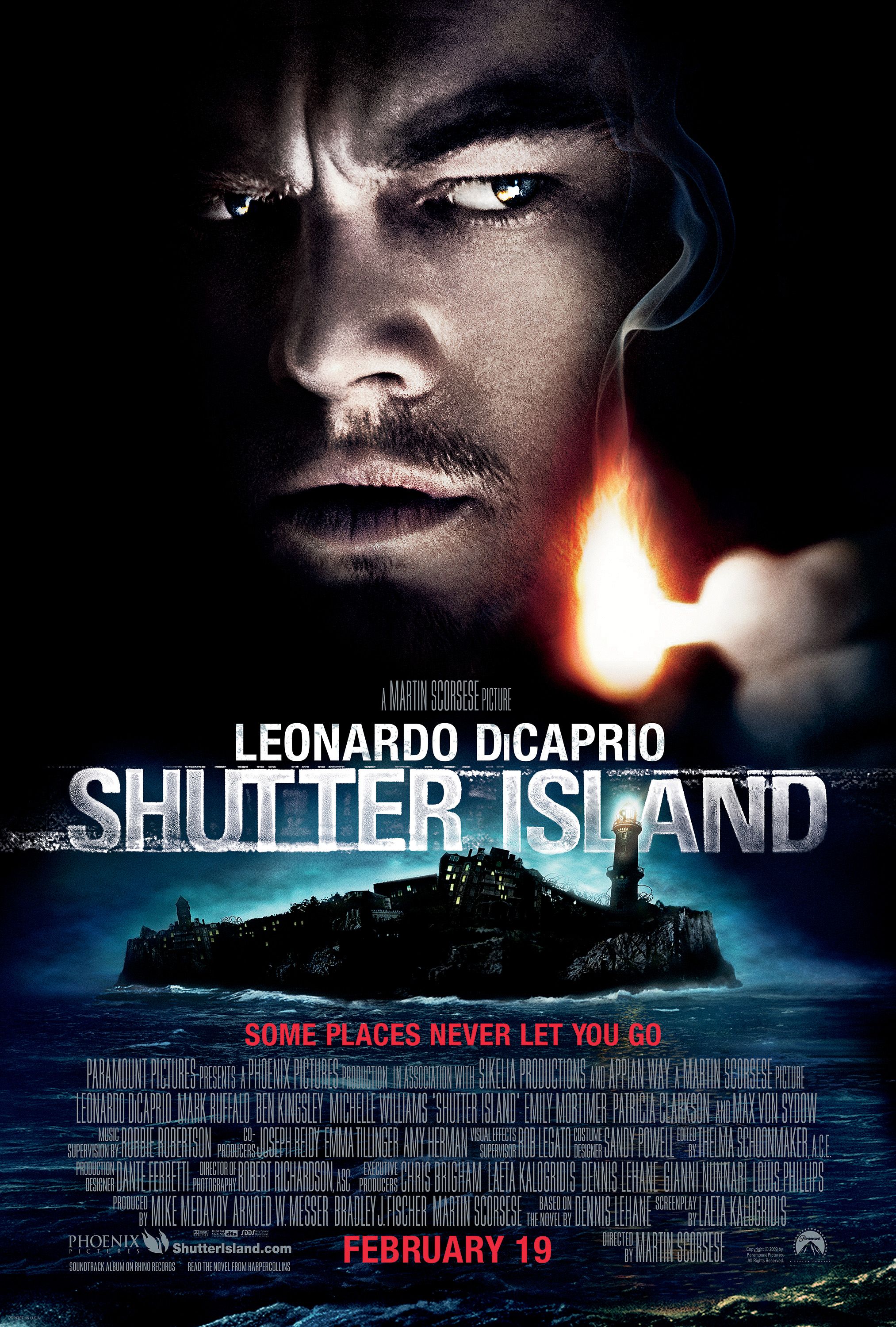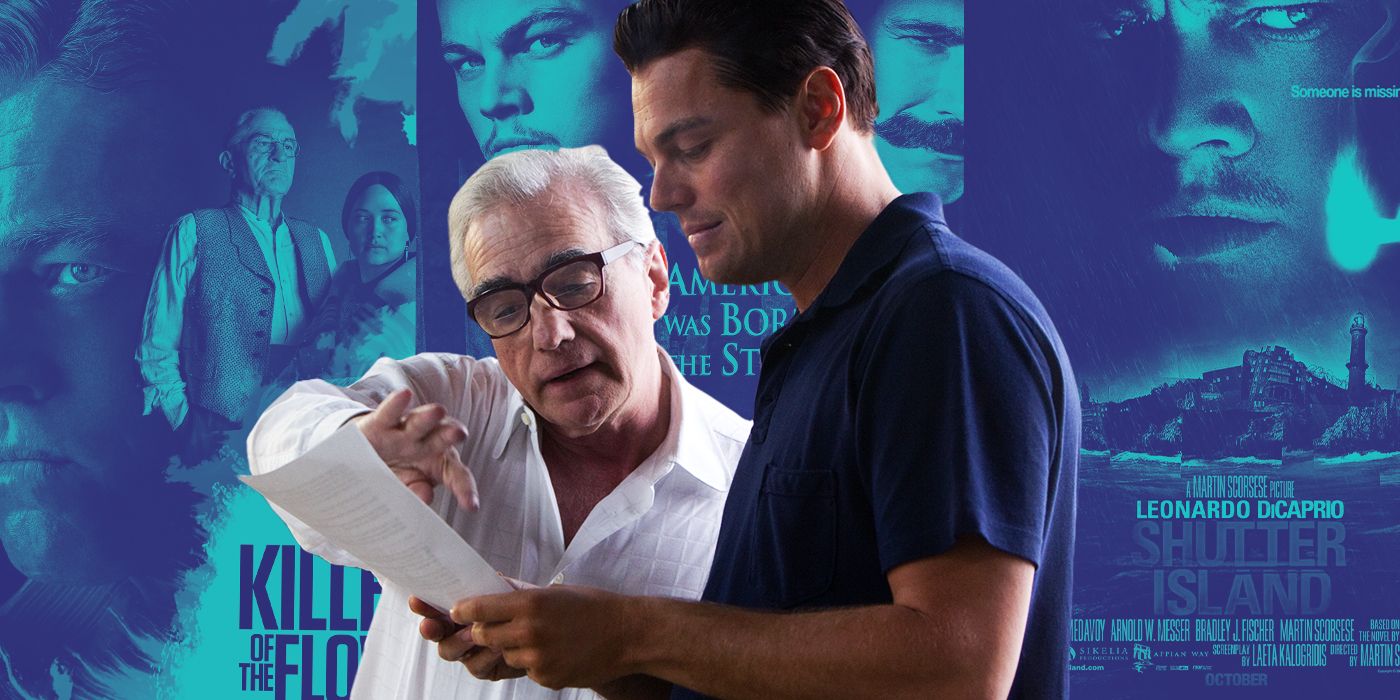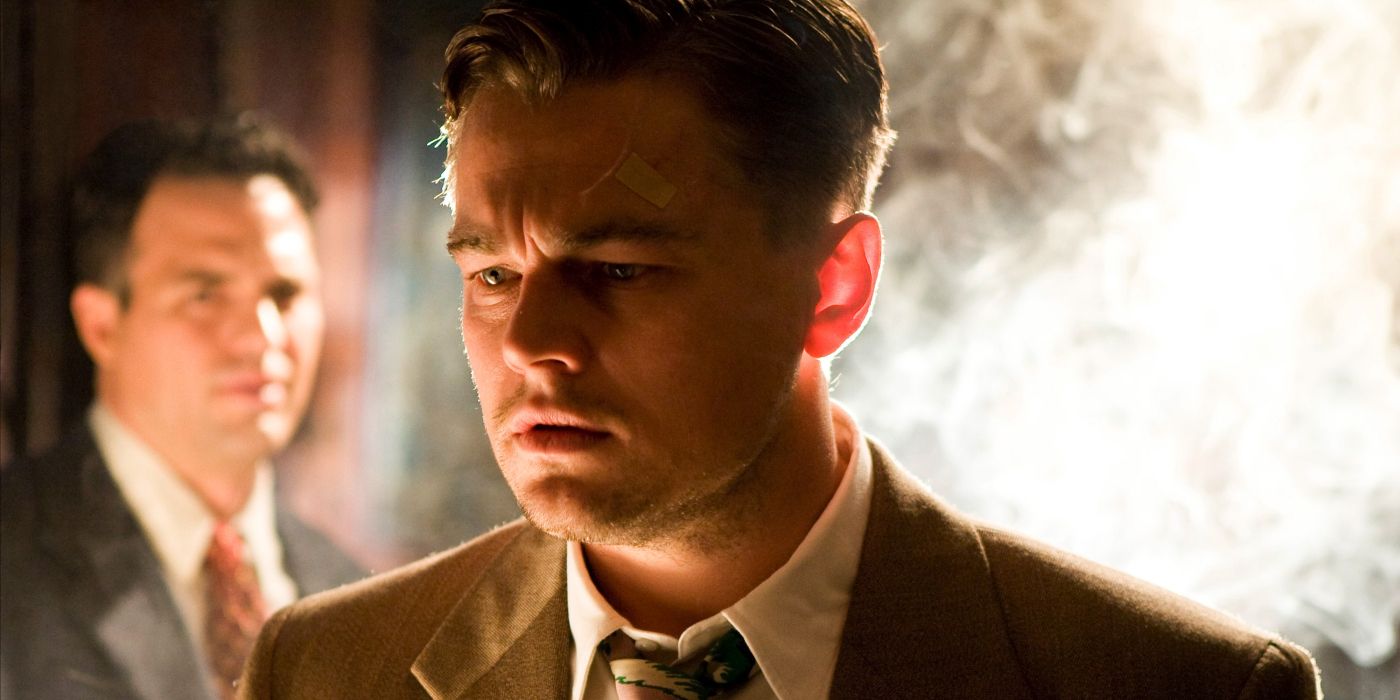The Big Picture
- Shutter Island is a dark psychological thriller that hits all the right notes for a neo-noir rollercoaster ride.
- The film's atmosphere, performances, and camera work received praise, despite the split reactions to its polarizing twist ending.
- The story follows US Marshal Teddy Daniels as he investigates the disappearance of a mental patient, but reveals that Teddy is, in fact, an inmate at the asylum.
For cinephiles searching for a dark and twisty psychological thriller, look no further than Shutter Island. Adapted from Dennis Lehane's 2003 novel, the 2010 film checks all the prerequisite boxes for a neo-noir rollercoaster ride. Isolated setting? Check. An obsessive and paranoid main character? Check. Shadowy visuals and low-key lighting? Check. The film about a U.S. Marshal investigating the case of a missing mental patient was a hit for director Martin Scorsese, with praise given for its atmosphere, performances, and camera work. Reactions were split on the film's polarizing twist ending, but that didn't stop Shutter Island from becoming a box office success.

Shutter Island
Teddy Daniels and Chuck Aule, two US marshals, are sent to an asylum on a remote island in order to investigate the disappearance of a patient, where Teddy uncovers a shocking truth about the place.
- Release Date
- February 14, 2010
- Director
- Martin Scorsese
- Cast
- Leonardo DiCaprio , Mark Ruffalo , Ben Kingsley , Max Von Sydow , Michelle Williams , Emily Mortimer
- Runtime
- 138
What Is 'Shutter Island' About?
Set in 1954, the film is the story of U.S. Marshal Teddy Daniels (Leonardo DiCaprio) as he and his partner (Mark Ruffalo) travel to Ashecliffe Hospital for the criminally insane on the remote Shutter Island. Once there, they begin investigating the disappearance of patient Rachel Solando (Patricia Clarkson), who was sent to Ashecliffe for drowning her children. Answers are slow coming, with the only clue being a cryptic riddle found in Rachel's room. But the more digging that Teddy does into Rachel and Ashecliffe, the more questions he has. Plagued by disturbing dreams, a series of mysteries surrounding the facility's rehabilitation methods, and a massive oncoming storm that threatens his progress, Teddy quickly learns that there's more to Ashecliffe, its patients, and doctors than meets the eye.
There's plenty of twisty fun to be had in Shutter Island, especially when the audience is invited to play along with Teddy to solve the mystery of Rachel's disappearance. The performances are all solid, especially DiCaprio and Ben Kingsley as the secretive psychiatrist John Cawley, but the real star of the film is the environment. Between the isolated, rain-pummeled island and Ashecliffe's many dark prison cells and long, silent corridors, the film is practically dripping with atmosphere. Scorsese's choice of low lighting invites deep shadows that contribute to the picture as well as the claustrophobic feel and gloomy mood that permeates the film. The pace does tend to drag over its 2+ hour runtime, but it's a solid psychological thriller that makes it feel like time well spent.

Every Martin Scorsese and Leonardo DiCaprio Movie, Ranked
"You know what? I'm not leaving... I'm not leaving."But how did it all pan out? Did Teddy uncover the mystery of Rachel's disappearance? What's the deal with his hallucinations? And are there really secrets being kept at Ashecliffe? If you're wondering how the story concluded for our good friend Teddy — including that polarizing twist ending — let's break it down.
What Is Really Happening in 'Shutter Island'?
Throughout the film, Teddy suffers a series of migraines and hallucinations of his wife, Dolores (Michelle Williams), who was killed in a fire set by a man named Andrew Laeddis. As his mental strain becomes more severe over the course of his investigation into Rachel's disappearance, his search takes him outside Ashecliffe's walls to the seaside cliffs and Shutter Island's ominous lighthouse, just off the coast.
There, he finds Dr. Cawley, who unravels the events of the film for the audience, and for Teddy. As Dr. Cawley explains, Teddy is actually Andrew Laeddis (an anagram of Teddy's assumed name of Edward Daniels). It turns out that Andrew is actually an inmate at Ashecliffe, and that the film's events up until this point — Cawley's allowing Andrew to play the role of Teddy — were designed to cure his insanity that stemmed from murdering his depressed wife after she drowned their children at their lake house. To cope, he took on the alternate persona of Teddy Daniels.
The charade was an elaborate one, as the hospital staff (including the nurses and Lester Sheehan, who posed as Andrew's partner, Chuck) also took part in playing into Andrew's delusions. And his migraines? Withdrawal symptoms of not taking his prescribed medication while Cawley and the other doctors allowed him to live out his fantasy. But once again confronted with his terrible memories and the truth of his reality, Andrew faints and awakens in the hospital with Cawley. While Andrew seems willing to accept the truth, Cawley admits that he and the other doctors helped Andrew to achieve this similar tranquil state months prior, though he quickly regressed. If he regresses again, Cawley warns, they will have no other choice but to lobotomize him.
At first, all appears to be going well with Andrew's progress...but it's not long before he begins to regress. He begins to talk about his need to leave the island, hinting that he is once again retreating further into his mind and the "Teddy" persona. And just as Cawley warned, this really was Andrew's last chance. A disappointed Cawley consults with Ashecliffe's warden, and Andrew is taken away by the facility's orderlies for lobotomization to permanently put an end to the vicious cycle of guilt and delusions that plague him.
What's Going on in the Ending of 'Shutter Island'?
Whew. It's an incredibly bleak ending, but one that may not be as final as it may first appear. Was Andrew really lobotomized? The film's last shot lingering on the lighthouse where the procedure will take place is incredibly ominous (as is the accompanying score) and seems to hint at Andrew's eventual operation, but since we don't actually see it happen, we don't know for sure.
Regardless of whether it actually happened or not (and there could be solid arguments made for either ending), the former might just be what Andrew was longing for. After all, before he's taken away, he asks Sheehan what he thinks is worse: "To live as a monster, or to die as a good man?" Basically, would he rather continue living as himself, sane Andrew, but someone who committed a crime by murdering his wife, or being lobotomized as a delusional Teddy, his imagined self who never killed anybody? It's a slightly different ending than the book, but Andrew's question seems to hint that he just might be okay with the procedure since doing so would erase the memories of the awful things he's done. Peace (with himself and what he's done), not a life of guilt and horrible memories, seems to be his true desire.
Shutter Island forces its characters — and viewers — to question what is real and what is imagined, but even more importantly, it raises the question of what it truly means to be insane. Is it a mental imbalance? Doing the same thing over and over again and expecting different results? Or maybe it's the constant pursuit to rise above adversity when everyone tries to push you down. Whatever we believe, the truth, like Andrew's complex emotions and mental state, isn't always so simple.
Shutter Island is available to stream on MGM+ in the U.S.

